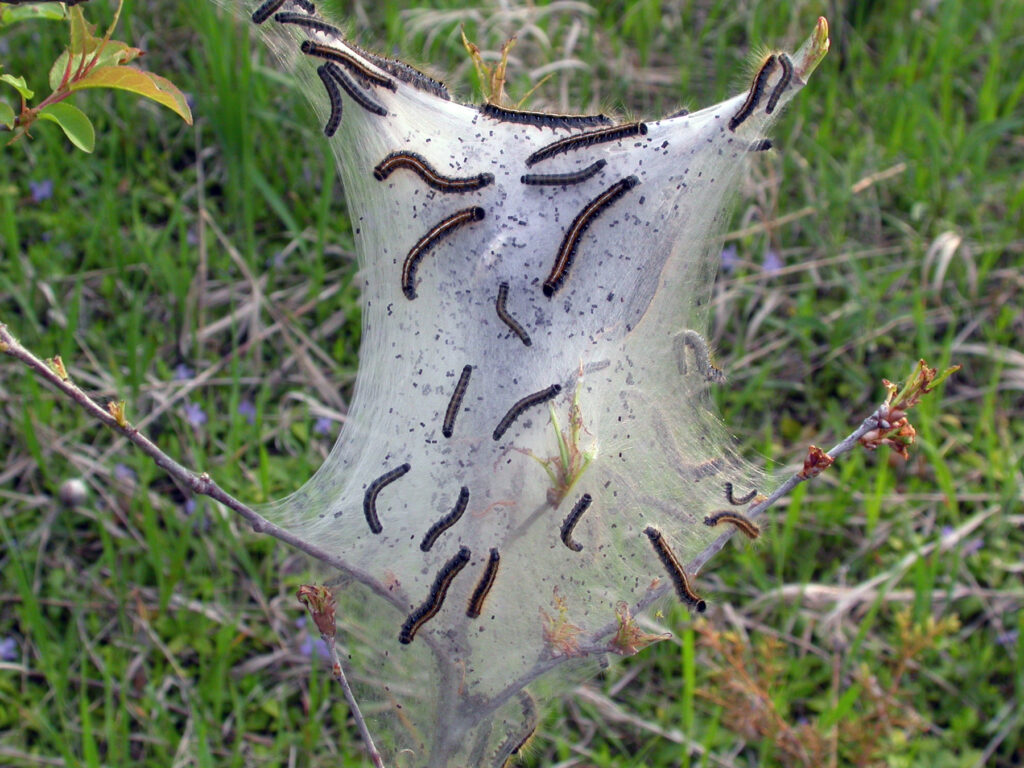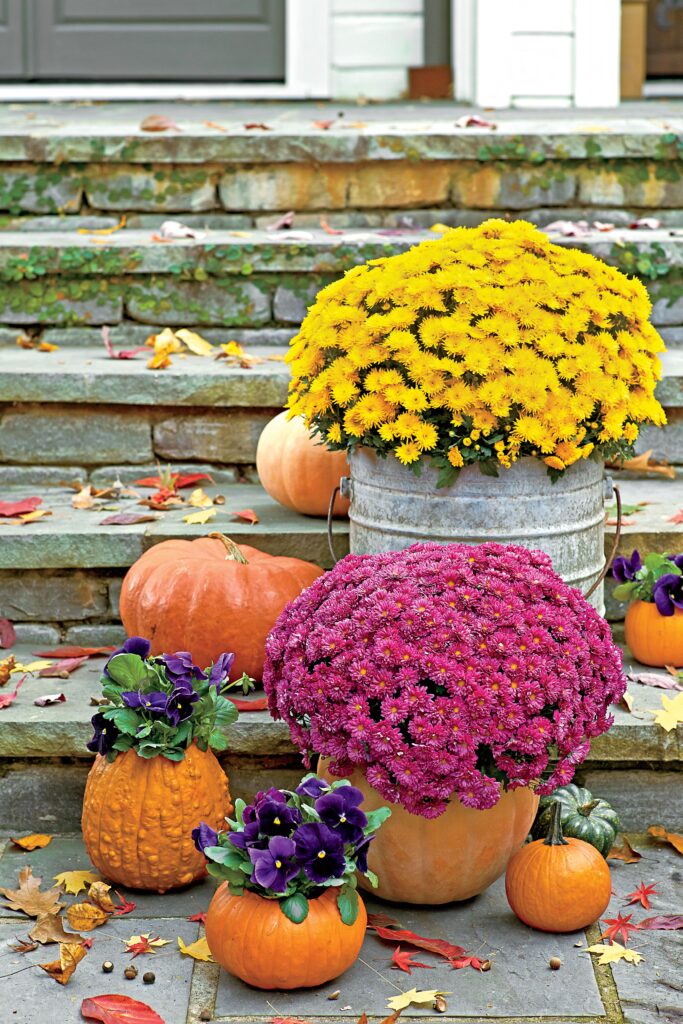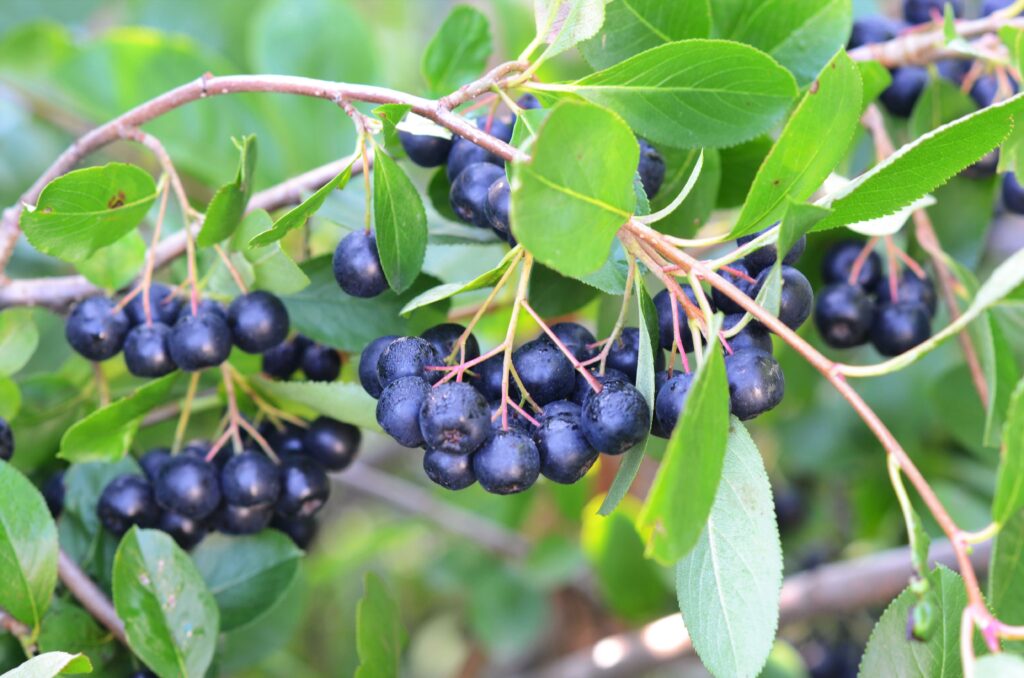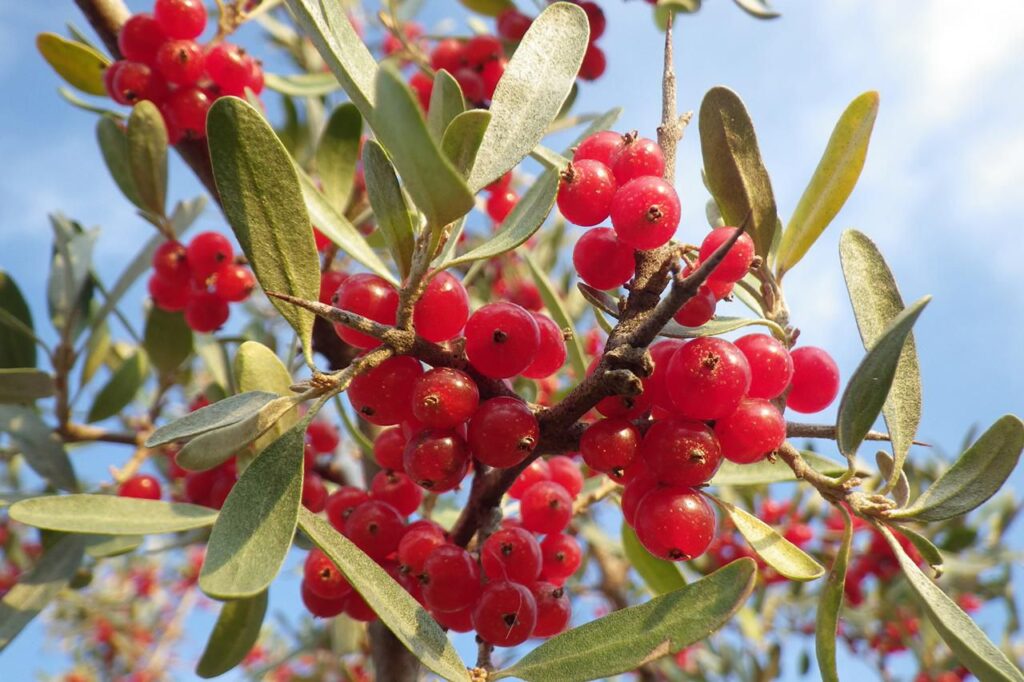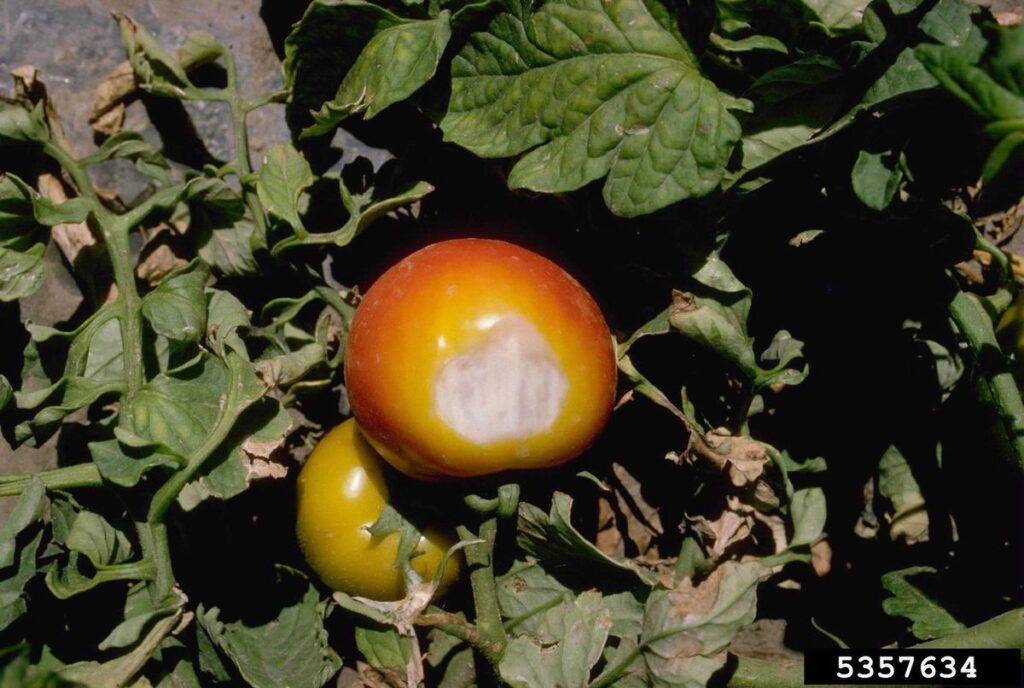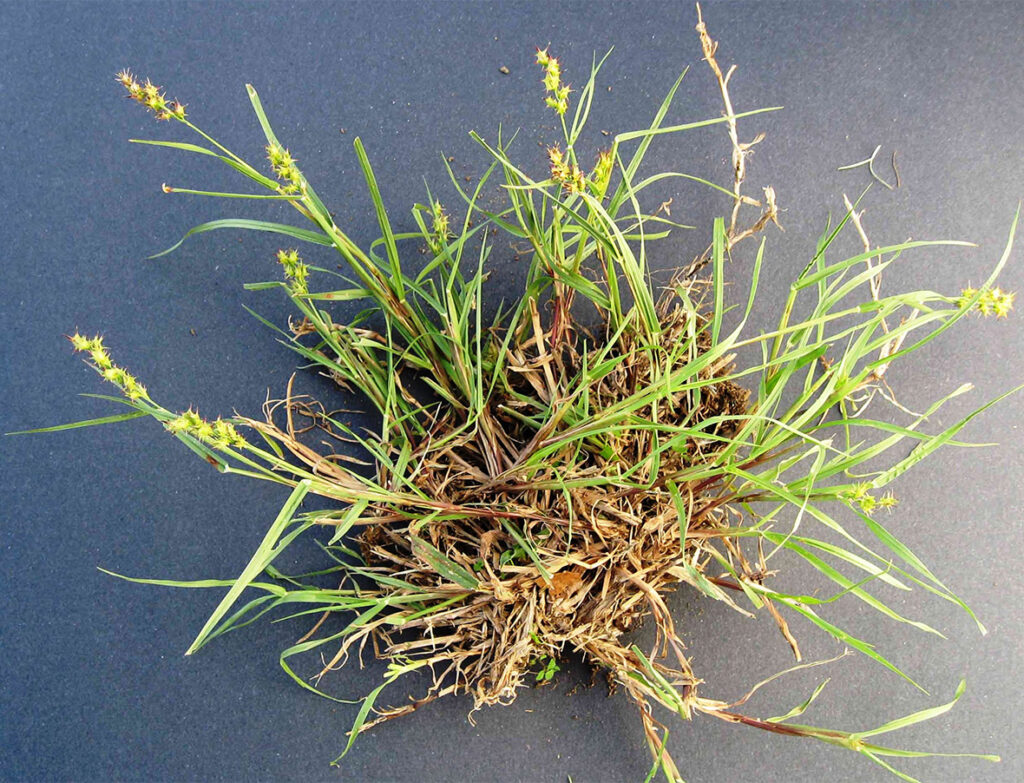Look at how future homeowners can build a stronger credit score for purchasing a home. Raising your credit score is a pivotal step toward securing a mortgage and buying your dream home. It’s not just about having a good number; it’s about demonstrating financial responsibility and trustworthiness to lenders. By understanding the key factors that influence your credit score and implementing strategic changes, you can significantly enhance your creditworthiness. Let’s explore practical and effective ways to boost your credit score, paving the way for a smoother home-buying journey.
Pay Your Bills on Time
The foundation of a strong credit score is punctuality in bill payments. Each on-time payment signals to lenders that you’re a responsible borrower, which can positively influence your credit score. Consider setting up automatic payments or calendar reminders to ensure you never miss a due date. Even payments that seem insignificant, like utility bills or a small credit card purchase, contribute to a pattern of reliability that lenders favor.
Manage Your Debt with a Budget
Establish a meticulous budget to master your debt management efficiently. Tap into the myriad of free online templates to forge a precise monthly household budget. Select from a variety of template designs that align perfectly with your unique financial situation, allowing for necessary adjustments to optimize your spending and savings. Give this a view and see how a well-crafted budget serves as the cornerstone to reducing your debt and elevating your credit score.
Consult Financial Experts
Navigating the complexities of credit repair often benefits from expert guidance. Engage a financial advisor or credit repair agency to receive customized strategies that enhance your credit score effectively. These experts are adept at pinpointing critical areas needing improvement and can steer you through intricate challenges such as credit disputes and identity theft. Their support ensures you don’t face these hurdles solo, providing a clearer path to restoring your financial health.
Reduce Your Credit Utilization Ratio
Your credit utilization ratio — how much credit you use compared to your limits — is crucial. Aim to keep this ratio under 30% to show lenders you aren’t overly reliant on credit. If possible, pay down balances to lower your utilization, or ask for higher credit limits without increasing your spending. This adjustment can significantly improve your credit score, demonstrating your ability to manage credit wisely.
Pay Down Debt Strategically
Another vital strategy is aggressively paying down outstanding debts, especially those with high interest rates. Focus on debt with the highest rates first, often credit card debt, as reducing these balances can lead to noticeable improvements in your credit score. Consolidation loans might also be an option, combining multiple debts into a single payment with a lower interest rate, making it easier to manage and pay down faster.
Dispute Credit Report Errors
Regularly examine your credit reports to identify any potential inaccuracies or outdated information. Should you find errors, promptly challenge them by filing a dispute with the corresponding credit bureau. Rectifying these errors can significantly boost your credit score once resolved. Continuously track the status of your disputes to confirm that all erroneous entries are completely removed from your credit history.
Utilize Different Types of Credit
Broadening the range of credit types you manage can significantly elevate your credit profile. Should your financial portfolio be predominantly composed of credit card debt, acquiring an installment loan — perhaps an auto or personal loan — might be advantageous. Such a mix demonstrates to credit scoring systems your adeptness at managing varied financial responsibilities. This varied credit experience can lead to an improvement in your overall credit score.
Elevating your credit score is a strategic process that demands attention to detail and disciplined financial practices. By implementing these strategies, you not only improve your credit rating but also enhance your overall financial health, making your dream of homeownership more attainable. Remember, each step you take to improve your credit is a move closer to securing the best terms for your future home mortgage. Start today, and watch how each positive change builds a stronger financial foundation for tomorrow.
Discover your ideal property in South Dakota and Nebraska with Shippy Realty & Auction.
